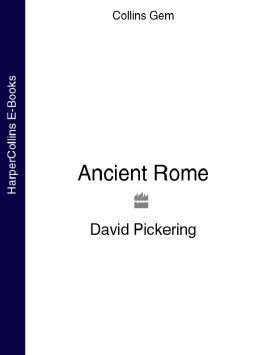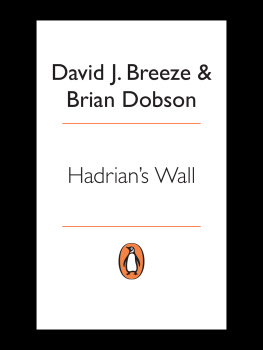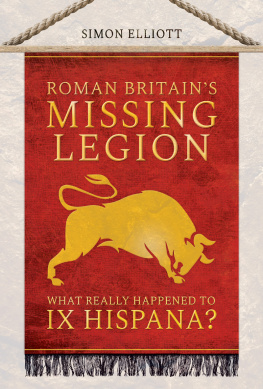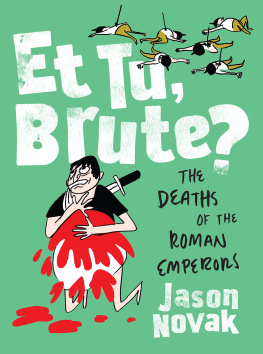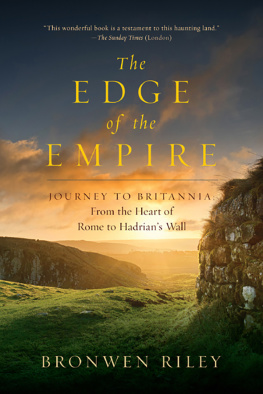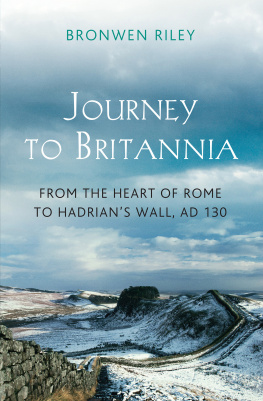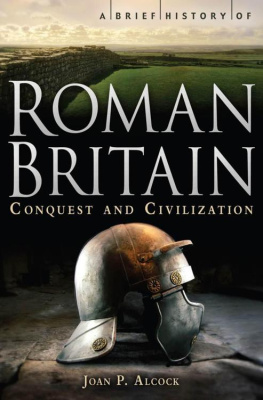Contents
Guide
John Reid is chair of the Trimontium Trust in Melrose and has published and lectured widely on the Roman Iron Age. For two decades he has led the Trusts research projects, most notably at Burnswark Hill. Recent work has culminated in the complete renovation of Scotlands only museum dedicated to the period of the Roman invasion. Originally intending to study classics, he trained as a doctor specialising in diseases of the heart and lungs, but has now returned to his first love of Scotlands early history.
The Eagle and the Bear is a fascinating account of the complex, and often violent, interactions between indigenous communities and Roman power in northern Britain. It is engagingly written and well-informed a must read for anyone with an interest in Scotlands past.
Manuel Fernndez-Gtz, Abercromby Professor of Archaeology, University of Edinburgh
Probably the most complete history of Roman Scotland Ive had the privilege to read. At once, scholarly, compellingly written and thought provoking, it brings a fresh perspective to the available evidence and provides genuine new insight into the study of the subject matter, with a forensic eye for detail. Most certainly a welcome addition to the genre.
Douglas Jackson, author and creator of the Gaius Valerius Verrens series
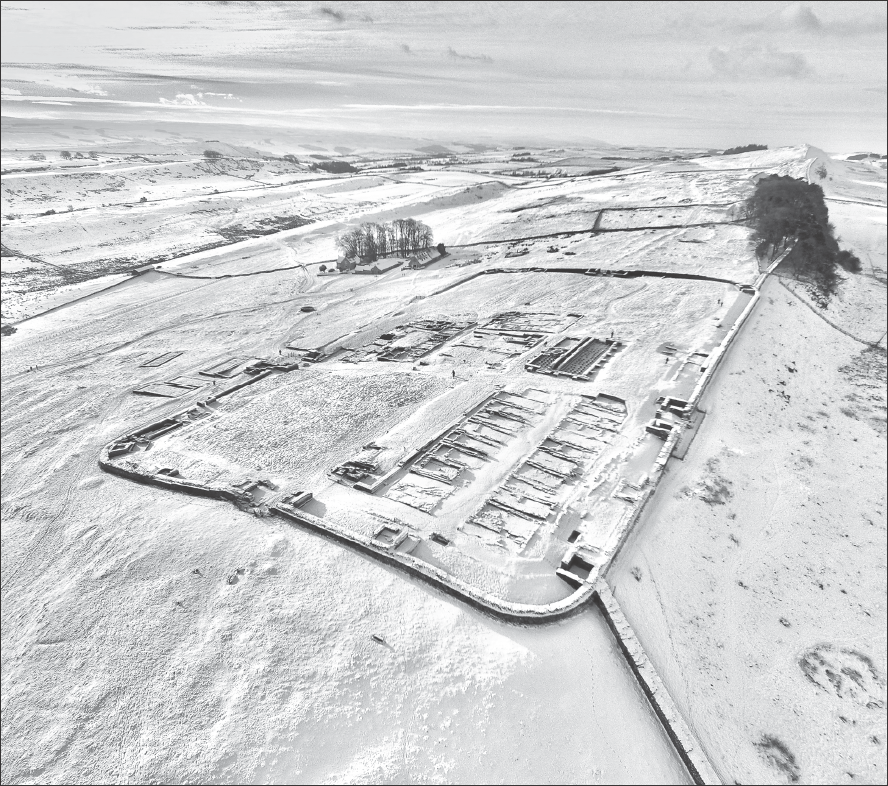
Winter has come. Housesteads Roman fort on Hadrians Wall, looking west.

First published in 2023 by
Birlinn Ltd
West Newington House
Edinburgh eh9 1qs
10 Newington Road
www.birlinn.co.uk
Copyright John H. Reid 2023
ISBN 978 1 78885 580 8
The right of John H. Reid to be identified as author of this work has been asserted by him in accordance with the Copyright, Designs and Patents Act 1988.
All rights reserved. No part of this publication may be reproduced, stored, or transmitted in any form, or by any means, electronic, mechanical or photocopying, recording or otherwise, without the express written permission of the publisher.
British Library Cataloguing in Publication Data
A catalogue record for this book is available from the British Library.
Designed and typeset by Mark Blackadder
Printed and bound by PNB, Latvia
The eagle of the Roman army goes at the head of every legion the king of birds, most powerful of them all...
Josephus, Bellum Judiacum, on the First Romano-Jewish War
Laureolus gave up his naked flesh to a Caledonian bear...
Martial, Liber Spectaculorum, on the inaugural games of the Colosseum
To my parents, Watson and Jenny,
who first sowed the seed and to
Erica, Simone, Jonathan and Scout,
whose unconditional love
helped nurture it
Contents
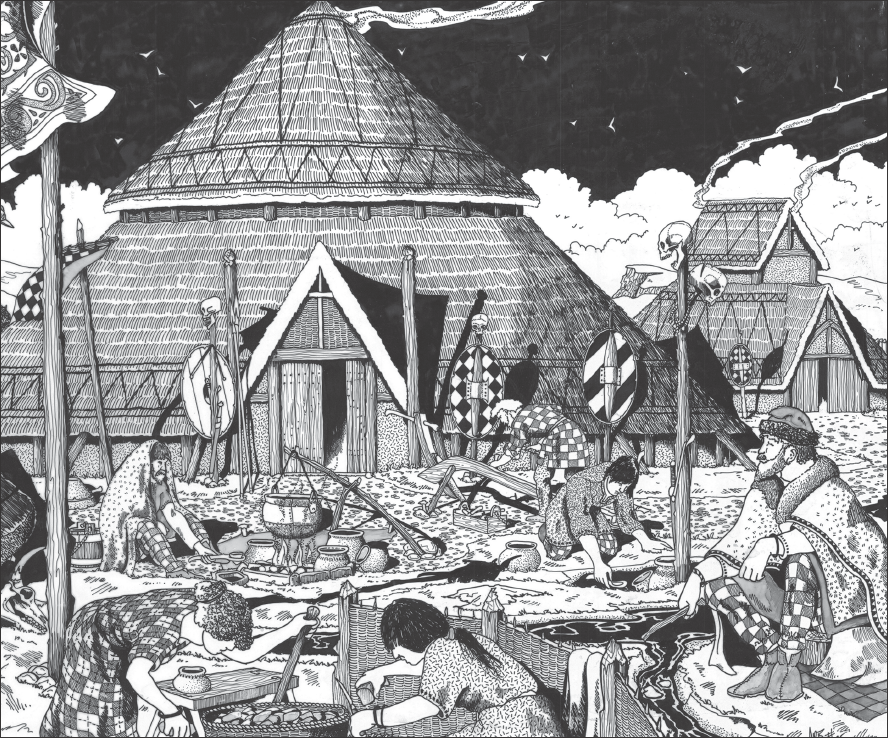
Frontispiece. Artists impression of the interior of a Caledonian settlement.
List of plates and figures
Plates
Figures
Acknowledgements
Most books are written with the generous assistance of others. For their scholarship, exchange of ideas and major contributions of time and energy, I am indebted to many people. With respect to previous works, I have tried to present here a broad perspective of early Scotlands experience of the Roman invasion by incorporating material gleaned from recent investigations and contemporary debate that builds upon a canon of fine scholarship stretching back many years. Pointers to some of the many publications are provided at the end of this book.
In response to the great asymmetries of power and existential crises that played out in North Britain at the time of the Roman occupation, this work documents something of what was a 300-year collision between two very different cultures. For stimulating my interest in that confrontation and in the potentially devestating effects of contact with Romes seductive military machine, I wish to thank Manuel Fernndez-Gtz and Nico Roymans for their inspirational work in the field of conflict archaeology. Although this book is founded on fifty years of personal pursuit of the Roman army and its interaction with the peoples of ancient Scotland my horizon widened as my appreciation of non-Roman perspectives grew. For pointing me in the direction of a more balanced narrative, I am grateful to Kay Callander and Louisa Campbell, who introduced me to important indigenous themes I had not previously considered.
I am also grateful to those experts who have patiently tolerated my questions and challenges over many years. Knowingly or otherwise, their comments, arguments and contributions have allowed me to form many of the opinions expressed in this book (without them necessarily agreeing with any of its conclusions). I am particularly indebted to Fraser Hunter who has freely shared his prodigious knowledge of the material culture of Scotlands Iron Age. I would also like to thank the many other scholars who have taken time to answer my enquiries, either by correspondence or by allowing themselves to be button-holed at many archaeological conferences over the last decade. These include Ian Armit, Geoff Bailey, Jo Ball, Paul Bidwell, Mike Bishop, Andrew and Barbara Birley, Chris Bowles, David Breeze, Richard Brickstock, James Bruhn, Dave Cowley, Andrew Fitzpatrick, Stephen Greep, Bill Griffiths, Bill Hanson, Nick Hodgson, Beccy Jones, Lesley Macinnes, Frances McIntosh, Gordon Noble, James ODriscoll, Al Oswald, John Poulter, Tanja Romankiewicz, Eberhard Sauer, Niall Sharples, Matt Symonds, Richard Tipping, Alan Wilkins and Allan Wilson.
I wish to make special mention of colleagues from Germany who kindly provided information and access to important material from their areas of expertise. These include the late Sebastian Sommer whose genial personality and insightful perspectives of the Roman frontiers of Scotland and Germany will be sorely missed. Thanks also go to Ruth Beusing, Axel Posluschny, Regine Mller and Sabine Klein for generously providing much of the data that lies behind our improved understanding of events at Burnswark Hill and Trimontium. I am also grateful to Achim Rost and Susanne Wilbers-Rost for my initiation into the fascinating world of the Varusschlacht and the lessons to be learned from ancient battlefield debris, and to Holger von Grawert for helping me understand the intricacies of Roman military equipment. Great thanks also go to Jrg Sprave for his verve and ingenuity in ballistic experimentation.
I wish to particularly express my gratitude to Andrew Nicholson for his professionalism and archaeological rigour during our investigations at Burnswark, to Robin Edwins for his energy and logistical skills, to Derek and Sharon McLennan for their expert detecting survey, and to Sir John Buchanan-Jardine and Andrew Macgregor for their unstinting support and access to the site. Don Reids slinging expertise was also fundamental to experiments that radically altered our appreciation of Roman assault tactics.
It has been a privilege to know and correspond with Lawrence Keppie on Romano-Scottish topics for decades. My relationship with Professor Keppie goes back to when he was director of my first dig at Bothwellhaugh Roman bathhouse in the 1970s (even earlier if it should count that we briefly shared the same Latin teacher) and he has been an inspiration since. His theories of events at Burnswark and the fate of the IXth Legion have been influential in my thinking and his helpful replies to many queries have been invaluable.


